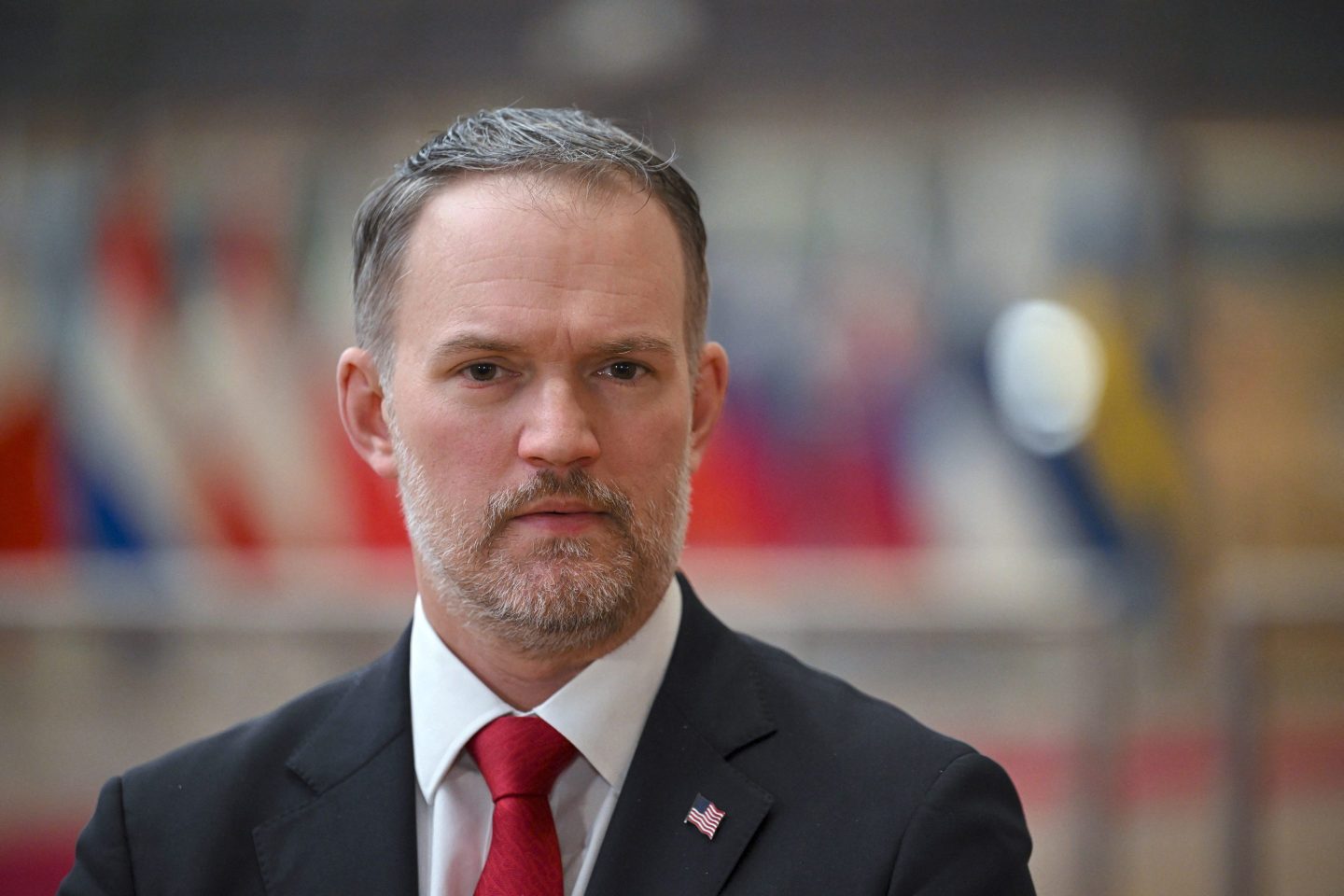FORTUNE — Unless the White House intervenes, five older Apple (AAPL) devices — including a version of the iPhone 4 that was one of the company’s biggest money makers last quarter — will be seized at the U.S. border starting Monday.
The import ban stems from a June 4 ruling by the U.S. International Trade Commission that has everybody from Microsoft (MSFT) and Intel (INTC) to a bipartisan group of U.S. senators up in arms. Even Verizon (VZ) — whose iPhones and iPads were not affected — came out against it in the op-ed pages of the Wall Street Journal.
What made the ITC’s ruling so controversial its that it seemed to fly in the face of both U.S. and international law by ignoring a key distinction between two kinds of patents:
- Standards-essential patents (SEPs), that must be used to comply with a technical standard, such as a Wi-Fi protocol. Owners of these patents, in return for the benefit of being able to collect royalties on every device that adopts the standard, are required to license them under so-called FRAND (fair, reasonable and non-discrimanatory) terms.
- Non-SEPs, sometimes called “innovation” or “differentiation” patents. These patents have not been adopted by a standards-setting body. They can represent many years of proprietary development work, and they don’t have to be shared with competitors.
The patent in question — Samsung’s U.S. Patent No. 7,706,348 on an “apparatus and method for encoding/decoding transport format combination indicator in CDMA mobile communication system” — is said to be an essential element of the 3G protocol used in AT&T’s versions of the iPhone 4, the iPhone 3GS, the iPad 3G, the iPad 2 3G and the iPad 3.
The ironies are almost too many to list — starting with a Korean manufacturer successfully preventing a U.S. company from bringing its products into its own country on the strength of an SEP patent when a U.S. district judge refused to ban Samsung devices that were found by a jury to have violated numerous Apple non-SEP patents.
If the White House is serious about its calls for patent reform, this might be a perfect opportunity to show it.
For comprehensive backgrounders on the case, see
by Fortune senior editor Roger Parloff, as well as continuing coverage by FOSS Patent’s Florian Mueller, starting here.










